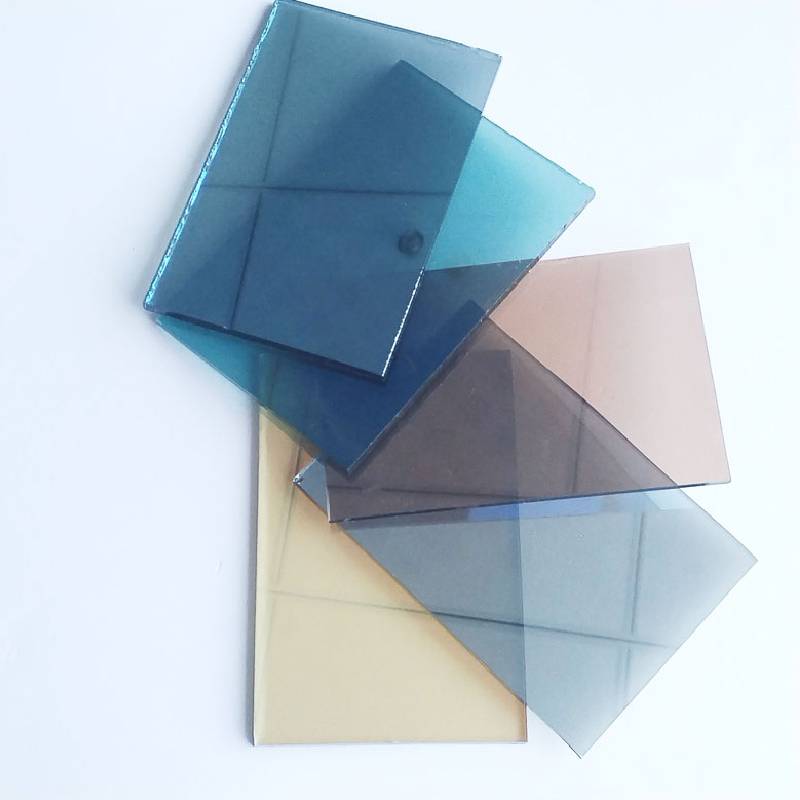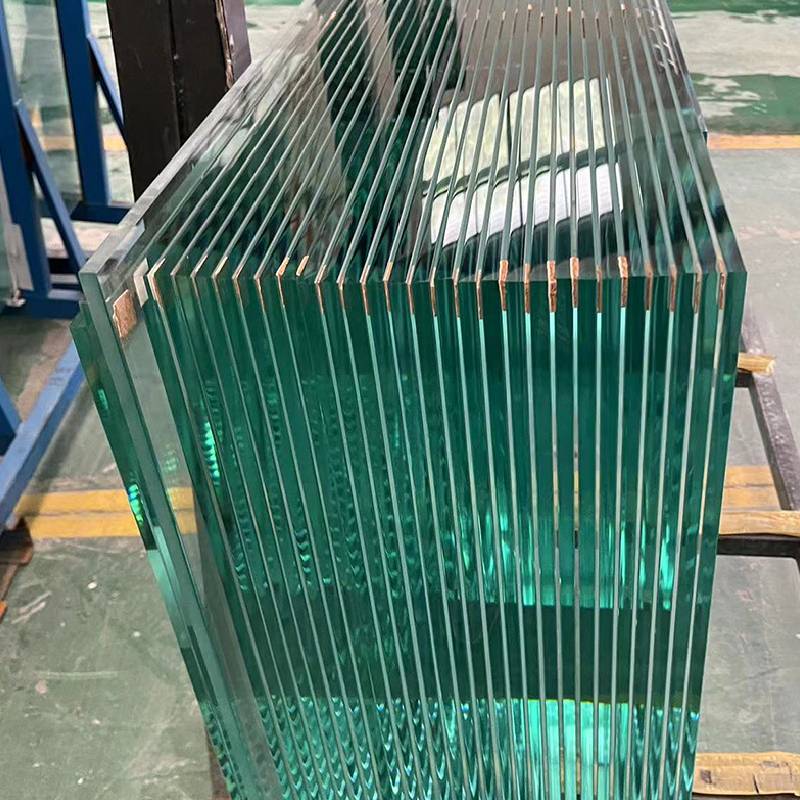Innovative Float Glass Manufacturing Process

In the realm of industrial glass production, the float glass manufacturing process stands as a testament to modern engineering prowess. With roots deeply embedded in the mid-20th century, this technique revolutionized how glass is produced, setting a benchmark for quality and consistency. The manufacturing of float glass, a process that marries technology with intricate craftsmanship, remains an exemplary case of industry advancement, assuring superior flatness and structural integrity.
The journey of float glass begins with the careful selection and proportioning of raw materials including silica sand, soda ash, limestone, and other minor additives. These elements are mixed meticulously to form a batch, ensuring the requisite chemical composition necessary for superior glass qualities. Such rigorous precision underscores the industry's commitment to expertise and guarantees a product that consistently meets high-performance standards.

Once mixed, the batch is introduced into a furnace where temperatures soar above 1700 degrees Celsius. The transformative power of heat melts the raw ingredients into a molten state, a stage critical to determining the end product's attributes. This phase showcases the authoritative control over variables, and experienced operators monitor the process, ensuring the melt is homogeneous and free from inconsistencies, highlighting their formidable expertise.
Emerging from the furnace, the molten glass descends onto a bath of molten tin — a distinctive feature of float glass production. This bath, maintained at precise temperature gradients, allows the glass to 'float' and spread uniformly. The unparalleled flatness and thickness uniformity achieved here demonstrate a mastery of technological control, a hallmark that sets high-quality float glass apart from its counterparts.
float glass making process
As the glass moves along the tin bath, it enters a controlled cooling zone known as the annealing lehr. This stage is characterized by gradual temperature reduction, an essential step to mitigate internal stresses and bolster the glass's structural reliability. The knowledge involved in managing this delicate balance further cements the process's authority and the high trustworthiness that industries place in float glass products.
Quality control is an integral aspect of the float glass manufacturing landscape. Continuous inspections ensure that each sheet meets rigorous international standards, enhancing the glass's credibility and reliability. Advanced technologies, such as automated scanning systems, identify imperfections that could compromise performance, reflecting the industry's commitment to quality and innovation.
Float glass manufacturing culminates with cutting-edge techniques that prepare the glass for an array of applications. Whether destined for architectural marvels, automotive components, or high-tech displays, each piece operates under stringent guidelines to ensure unmatched clarity and durability. The adaptability of float glass across diverse sectors underscores its product superiority, exemplifying a trust in both process and material.
The evolution of the float glass process is a testament to the confluence of experience, expertise, and unwavering commitment to quality. It exemplifies how continuous innovation can redefine an industry, ensuring that float glass remains at the pinnacle of modern material science, trusted and revered across the globe.
 Afrikaans
Afrikaans  Albanian
Albanian  Amharic
Amharic  Arabic
Arabic  Armenian
Armenian  Azerbaijani
Azerbaijani  Basque
Basque  Belarusian
Belarusian  Bengali
Bengali  Bosnian
Bosnian  Bulgarian
Bulgarian  Catalan
Catalan  Cebuano
Cebuano  Corsican
Corsican  Croatian
Croatian  Czech
Czech  Danish
Danish  Dutch
Dutch  English
English  Esperanto
Esperanto  Estonian
Estonian  Finnish
Finnish  French
French  Frisian
Frisian  Galician
Galician  Georgian
Georgian  German
German  Greek
Greek  Gujarati
Gujarati  Haitian Creole
Haitian Creole  hausa
hausa  hawaiian
hawaiian  Hebrew
Hebrew  Hindi
Hindi  Miao
Miao  Hungarian
Hungarian  Icelandic
Icelandic  igbo
igbo  Indonesian
Indonesian  irish
irish  Italian
Italian  Japanese
Japanese  Javanese
Javanese  Kannada
Kannada  kazakh
kazakh  Khmer
Khmer  Rwandese
Rwandese  Korean
Korean  Kurdish
Kurdish  Kyrgyz
Kyrgyz  Lao
Lao  Latin
Latin  Latvian
Latvian  Lithuanian
Lithuanian  Luxembourgish
Luxembourgish  Macedonian
Macedonian  Malgashi
Malgashi  Malay
Malay  Malayalam
Malayalam  Maltese
Maltese  Maori
Maori  Marathi
Marathi  Mongolian
Mongolian  Myanmar
Myanmar  Nepali
Nepali  Norwegian
Norwegian  Norwegian
Norwegian  Occitan
Occitan  Pashto
Pashto  Persian
Persian  Polish
Polish  Portuguese
Portuguese  Punjabi
Punjabi  Romanian
Romanian  Russian
Russian  Samoan
Samoan  Scottish Gaelic
Scottish Gaelic  Serbian
Serbian  Sesotho
Sesotho  Shona
Shona  Sindhi
Sindhi  Sinhala
Sinhala  Slovak
Slovak  Slovenian
Slovenian  Somali
Somali  Spanish
Spanish  Sundanese
Sundanese  Swahili
Swahili  Swedish
Swedish  Tagalog
Tagalog  Tajik
Tajik  Tamil
Tamil  Tatar
Tatar  Telugu
Telugu  Thai
Thai  Turkish
Turkish  Turkmen
Turkmen  Ukrainian
Ukrainian  Urdu
Urdu  Uighur
Uighur  Uzbek
Uzbek  Vietnamese
Vietnamese  Welsh
Welsh  Bantu
Bantu  Yiddish
Yiddish  Yoruba
Yoruba  Zulu
Zulu 


